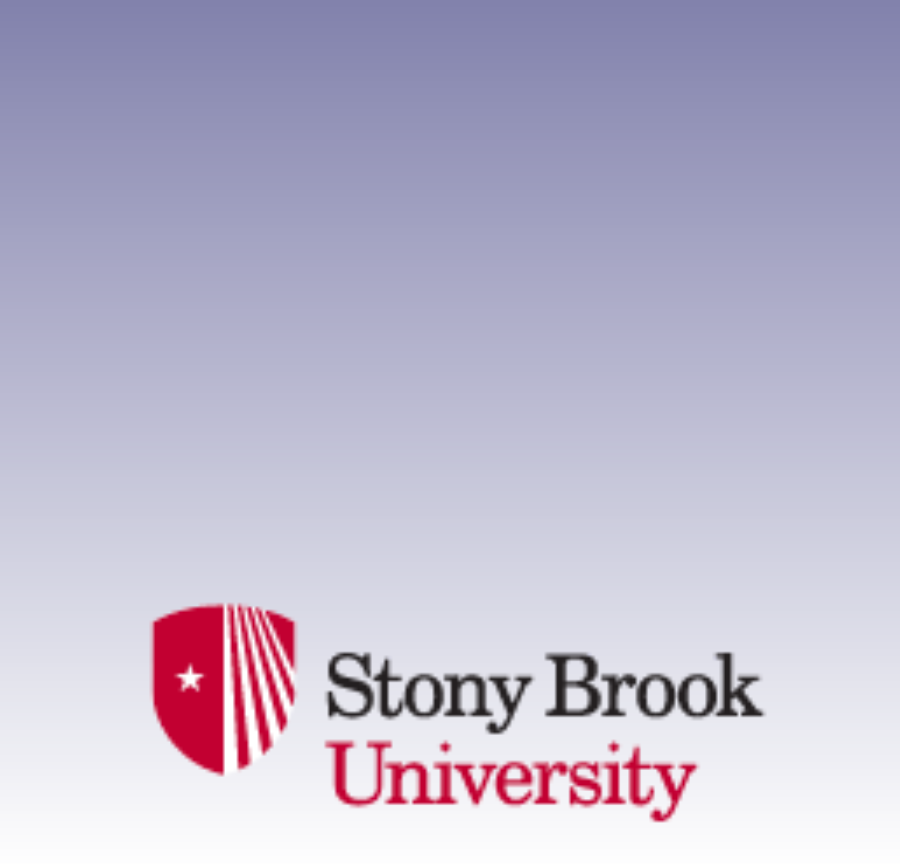Events Calendar
Sebastian Fürthauer
Friday, November 09, 2018, 02:30pm - 03:30pm
Hits : 2688
Contact Jin Wang, Host
Research Scientist, Biophysical Modeling Center for Computational Biology
Flatiron Insitute
Simons FoundationThe mechanical basis of spindle self-organization
Spindles are biological structures which self-assemble from the intracellular medium to separate chromosomes during cell division. They consist of filamentous microtubule (MT) proteins which interact through the fluid in which they are suspended and via the associated molecules that orchestrate their behavior. We aim to understand how the interplay between fluid medium, MTs, and regulatory proteins allows this material to self-organize.
For this we need to uncover: (1) how microtubules are nucleated in a spatially controlled way in a shared cytoplasm such that a well separated structure can be maintained; (2) how the prop-erties of molecular motors regulate the spindles mechanical properties; (3) How the interplay between biochemistry and mechanics allows to robustly and reproducible assemble functional structures. In this talk, I report on our progress in addressing these questions for both meiotic Xenopus Laevis and mitotic C. elegans spindles using in-vitro and in-vivo experiments, theoreti-cal analysis and computations.
For this we need to uncover: (1) how microtubules are nucleated in a spatially controlled way in a shared cytoplasm such that a well separated structure can be maintained; (2) how the prop-erties of molecular motors regulate the spindles mechanical properties; (3) How the interplay between biochemistry and mechanics allows to robustly and reproducible assemble functional structures. In this talk, I report on our progress in addressing these questions for both meiotic Xenopus Laevis and mitotic C. elegans spindles using in-vitro and in-vivo experiments, theoreti-cal analysis and computations.
Location Laufer Center Lecture Hall 101
Refreshments following lecture in Laufer Hub 110


